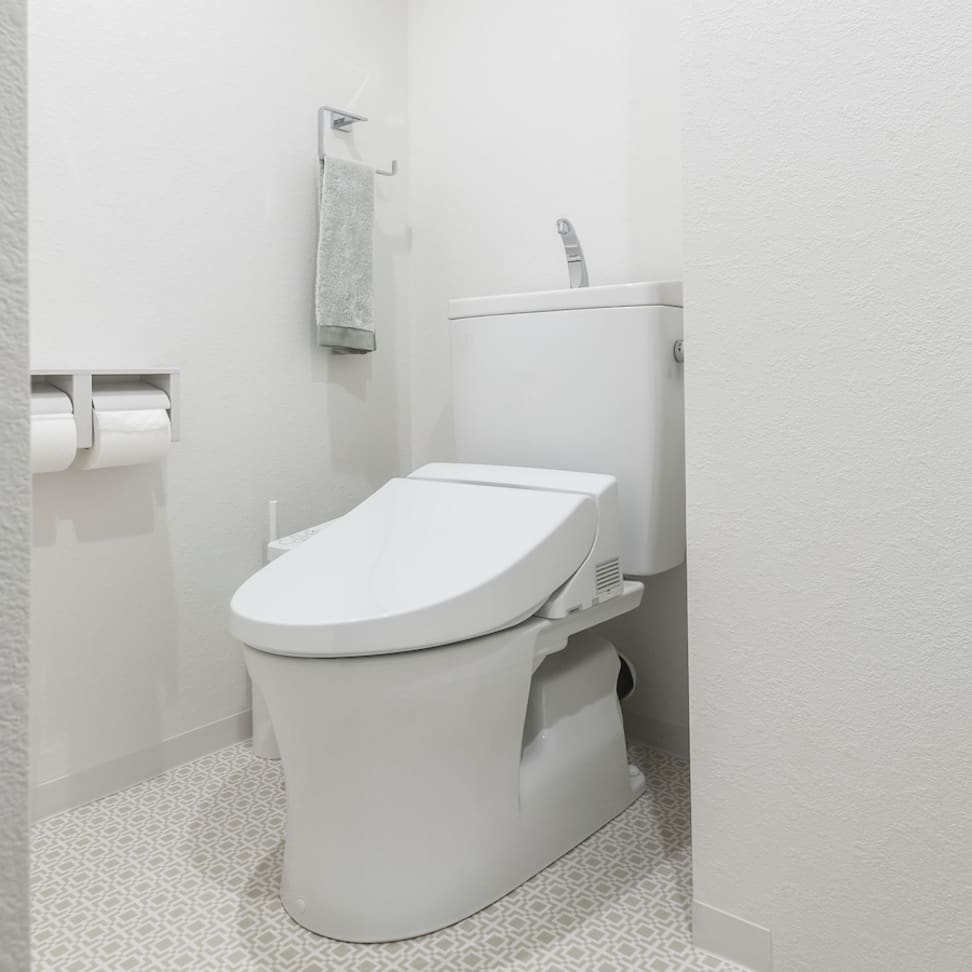To use your bidet, plug it into an electrical outlet, either beside or beside the toilet. For safety, it’s best to have a GFCI outlet, which will shut off electrical flow when a ground fault is detected. The electrical cord for your bidet will typically be 4 feet long.
While most bidet manufacturers do not recommend using an extension cord, Kohler permits the use of a single cord as long as it is grounded, no longer than 25 feet, and connected to a GFCI outlet. If you have an extension cord, it’s best to purchase a new one if it’s not GFCI-protected.

In addition to providing a cleaner bathroom experience, bidets help prevent urinary tract infections and hemorrhoids, as they keep the bathroom cleaner than using toilet paper. Moreover, they also help reduce the discomfort and irritation caused by hemorrhoids. They also provide feminine wash settings, which can help women during their menstrual cycles and prevent urinary tract infections.
Most bidet toilet seats require an electrical outlet near the toilet, preferably three feet away. However, many bathrooms do not have an electrical outlet near the toilet, so you must ensure your bathroom has one before purchasing a bidet toilet seat. Some bathroom layouts do not have enough room for an additional electrical outlet.
If you use an electric bidet, you may have to install a water supply hose. The hose should connect to the lower connection of the T-valve. After connecting the bidet, you should check the hose for leaks. Using a non-electric model, you can use a “T” or “Y” valve to bring hot water from the sink supply line.
